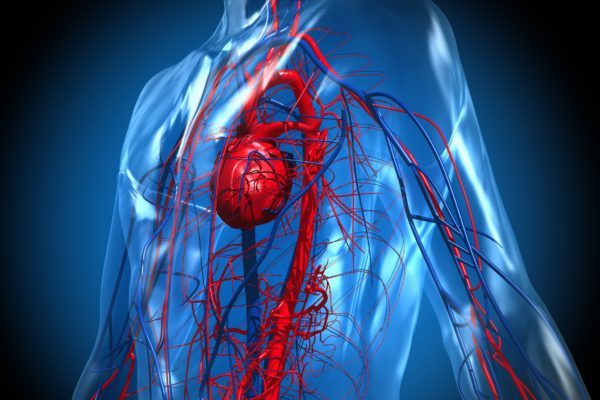
American Cancer Society – Drug Therapy for Multiple Myeloma (English)
Multiple myeloma, also called Kahler's disease, is a type of bone marrow cancer that is caused by a certain type of white blood cells (plasma cells) that suddenly become malignant.
Bone marrow is a spongy tissue in the core of most bones. It consists mainly of two types of cells: cells that maintain the structure of the bone marrow and blood-forming cells. Blood-forming cells ensure the production of red blood cells, platelets and white blood cells. There are several kinds of white blood cells, including lymphocytes. These cells have an important function in the defence against infections. The two main types of lymphocytes are B cells (B lymphocytes) and T cells (T lymphocytes). These lymphocytes mature in the thymus or lymph nodes. The B-cells can develop into plasma cells that can produce antibodies (immunoglobulins) and help fight infections and diseases. Each plasma cell can only produce one type of antibody. The plasma cell settles in the bone marrow after maturation.
In the case of multiple myeloma, the amount of one type of plasma cells increases, resulting in a large amount of one type of antibody: the M-protein (M stands for monoclonal). Often there are multiple locations in the bone marrow where this increase in malignant cells takes place. The proliferating plasma cells in the bone marrow displace the other bone marrow cells. In addition, the M-protein can result in thicker and stickier blood than usual. In some cases, only small amounts of M-protein are produced. These small amounts are known as light chains or Bence Jones proteins and can be detected in the urine of the patient. Conversely, it is also possible to have multiple myeloma without any immune protein being produced at all.
Multiple myeloma is also known as Kahler’s disease, named after Otto Kahler (1849-1893), an Austrian physician who first described the disease. In the Netherlands the term Kahler is still used, but not abroad.
Patients diagnosed with multiple myeloma do not always show the same symptoms. Sometimes the disease is discovered by accident when someone who has no clear symptoms. The progression and severity of the disease can also vary greatly.
Multiple myeloma can initially cause unclear symptoms. However, the myeloma cells will often affect and weaken the bone, causing bone pain and sometimes spontaneous bone fractures, as well as vertebral collapses. In certain cases, patients experience back pain, pain in the ribs or fatigue. In addition, the myeloma cells produce abnormal proteins which, when present in large amounts in the blood, can lead to organ damage.
Symptoms that may be presented by patients with multiple myeloma are:
During the normal cell replication of plasma cells, mutations in the cell DNA can occur. These changes are usually restored, although DNA repair can sometimes fail. In this failed setting, uncontrolled growth and division can occur, resulting in the cell becoming malignant. It is still unclear what causes these mutations or faults in the DNA repair mechanism.
A wide variety of tests could be performed in order to diagnose multiple myeloma. During these tests, the severity of the disease is also determined in order to provide the best treatment. In any case, the following studies are required:
Sometimes additional tests are needed to determine if there is an abnormal accumulation of proteins produced by the malignant plasma cells:
When there are indications for heart muscle of liver damage, ultrasounds might be necessary.
The most commonly used treatments for multiple myeloma are:
In patients younger than 65 years, the best results are achieved with a course of chemotherapy that is followed by autologous (body) stem cell transplantation. In exceptional cases, an allogeneic stem cell transplant (donor) is chosen. Treatment can also utilise an autologous transplant followed by an allogeneic transplant a couple of months later.





